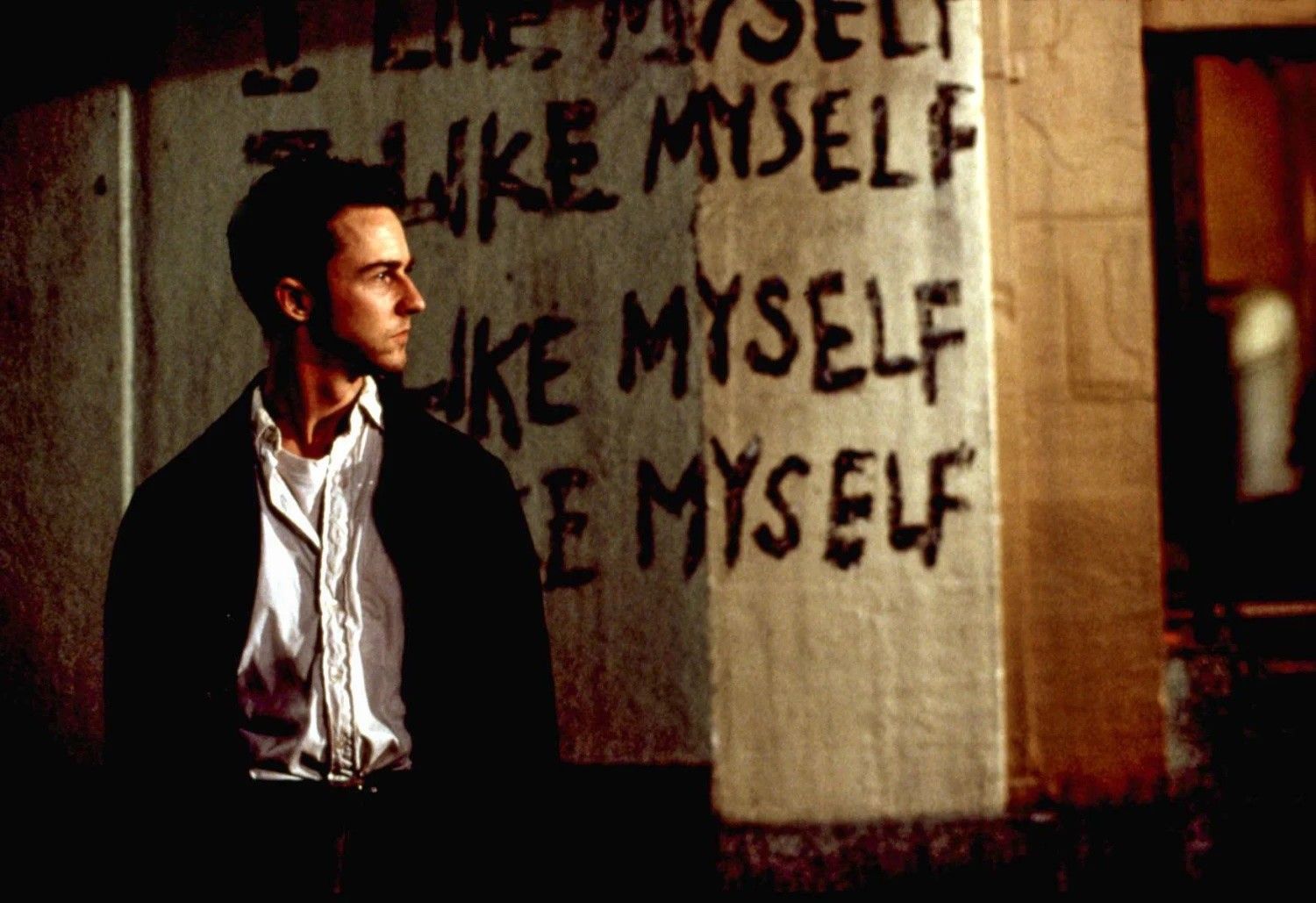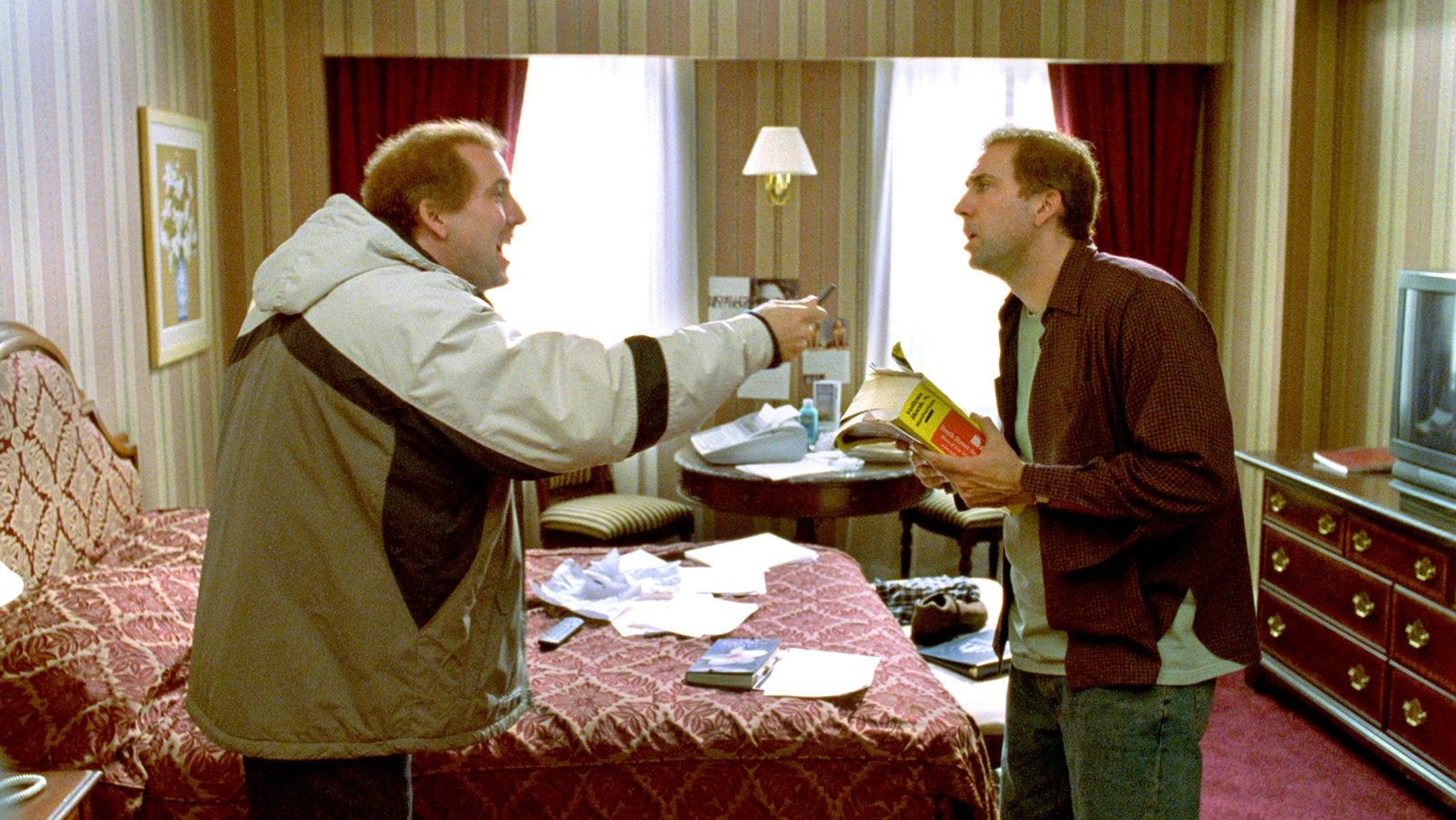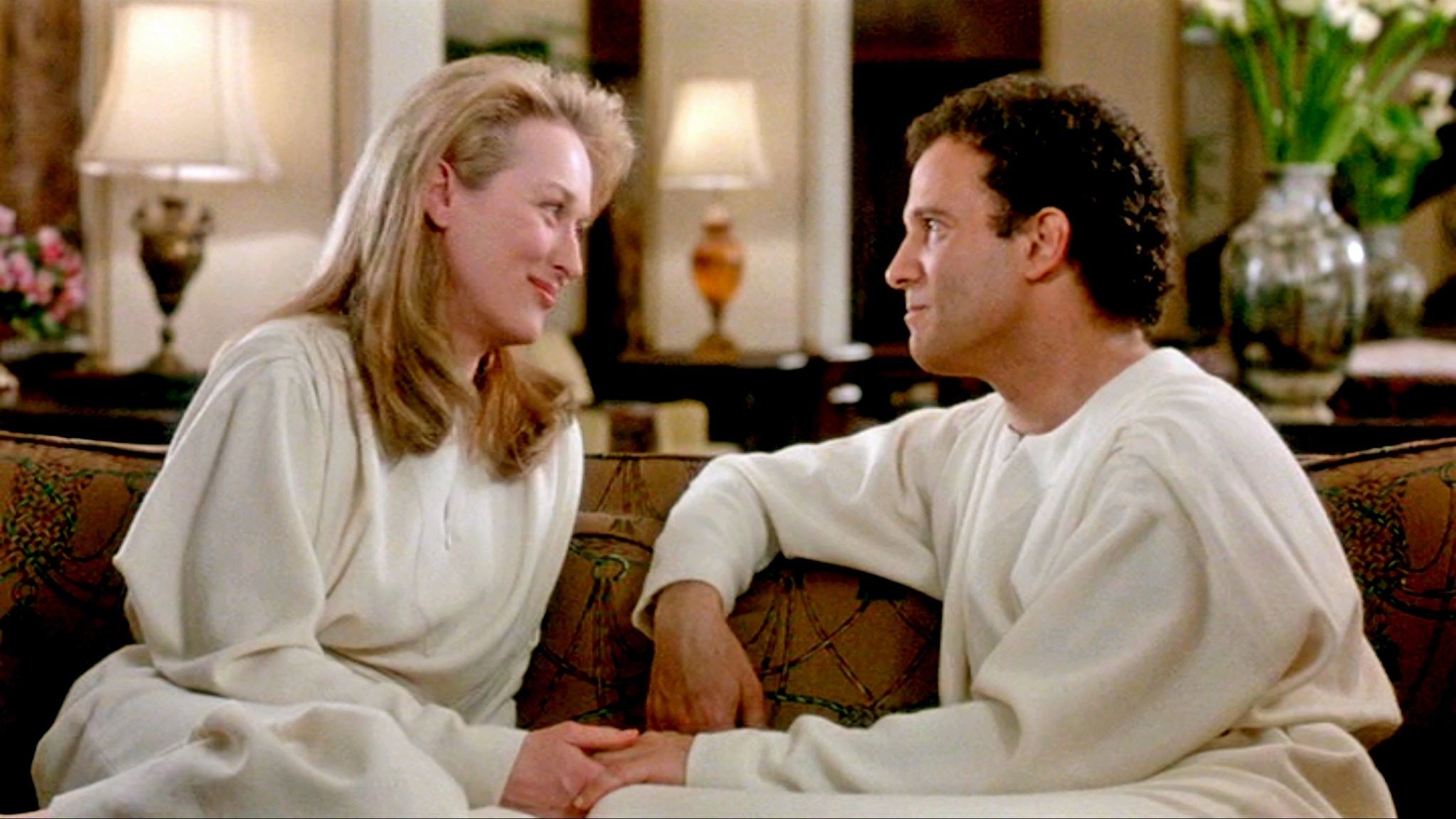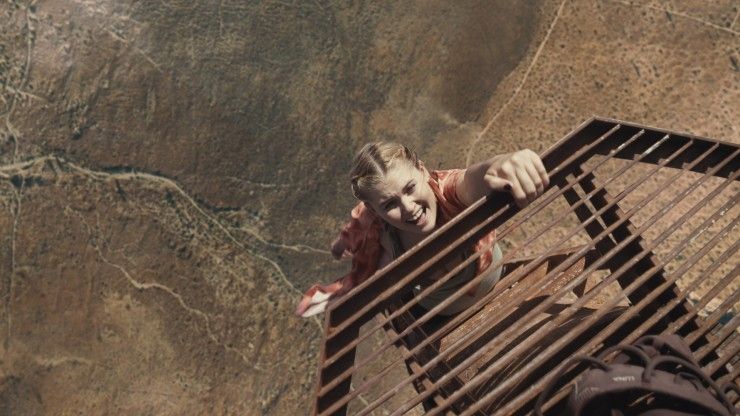
I imagine awful situations. Then, I capitalize on them.
This post was written by Christopher Glatis.
As a filmmaker, that’s kind of my job. I sit in my office and conjure up all sorts of crazy and unique ideas for my projects: apocalyptic scenarios and serial killers. Anything can trigger these insights: a conversation, a news article, an interaction with nature, something that pops up in my meditation, or just some warped thought.
My imagination is a real strength of mine, and I believe all artists have an incredibly potent imagination muscle.
The key is how you use it.
Imagination Is Awesome
Imagination can be a wonderful thing. Without it, we would not have electricity, television, the internet, books, movies, or art.
Getting lost in creative imagination can be intoxicating, like when you are in an amazing writing flow, pumping out words that seem perfect. Your story is clicking, and the characters tell YOU what they should say.
The plot, although uncertain, seems to take you where it needs to go. Your endorphins begin to pump through your system—beautiful images of your soon-to-be film life dance across your mind screen. You smile, you laugh; life is good.

Imagination Is Terrible
Imagination can also be our enemy.
As Stephen King states in his interview with The Writer’s Digest, “The writer must have a good imagination to begin with, but the imagination has to be muscular, which means it must be exercised in a disciplined way, day in and day out, by writing, failing, succeeding and revising.”
You see, imagination can be out of control if not harnessed and disciplined. Neglected imagination can lead to anxiety, and we don’t want that.
I imagine my dog dying a horrible death that I have no power to stop, or a car blazing through a red light and T-boning another car as I wait at an intersection. Or uncontrollably picking up a knife in the kitchen and stabbing anyone nearby.
These imaginings are not part of my healthy creative process. They can happen in a split second, while I’m moving through my day—sharp, quick, bloody, violent visions that make me question my sanity. Welcome to my anxious internal horror movie.
Now, you may not have suffered a lifetime of anxiety and OCD, which produce the fun mental ruminations above, as I have. Still, as a creative, I’m sure that right before you type “fade in” or call “Action!” on the set of a film you are directing, you’ve had your fair share of doubts, concerns, and second-guessing. You’ve probably felt a bit of anxiety, and maybe even panic.
You may look at your screenplay or rough cut of your film and say, “Is my work any good? Am I fooling myself? Is this a bad idea? Am I useless?”
Your overactive imagination has veered into self-flagellation, which produces anxiety.

Imagination Can Get Out of Hand… FAST
Worry and rumination are imagination run amock. When we sit down to create, we want our best selves to show up. This is not always the case.
As an example, let’s look at Nicolas Cage playing the very real screenwriter Charlie Kaufman in the movie Adaptation (which he actually wrote about himself). Here is his tragicomic inner monologue as he sits before his typewriter:
“Do I have an original thought in my head? My bald head. Maybe if I were happier, my hair wouldn’t be falling out … I’m a walking cliché. I really need to go to the doctor and have my leg checked. There’s something wrong.”
You can see how imagination can go sideways quickly. We want to use our creative muscle for brilliance, not turn it against ourselves with an attack.
One shitty imaginative thought can lead to another and another and another. It’s emphatic. It’s endless. It’s a creativity killer.
Does any of this sound familiar so far?

Imagination Can Be a Resistance
So, what is going on here? When creating a screenplay or film—or any creative project, for that matter—from scratch, you must dig deep. And in that process, you must be vulnerable and allow for uncertainty. This will stoke the fires of what Steven Pressfield calls “resistance” in his fantastic book The War of Art. Pressfield states, “Trust me: you will NEVER, NEVER achieve your dreams until you learn to recognize, confront, and overcome that voice in your head that is your own resistance.”
When writing my new book, When Your Mind Screams: Finding Peace and Confidence in the Midst of Anxiety, I came up against a lot of resistance. Never before had I laid out my history so vulnerably. Something deep within me attempted to protect me from potential humiliation and failure. To protect my patterns, my belief system—to keep me stuck, “safe,” by flooding my system with wildly inaccurate stories about who I am and the world around me. It’s bizarre, I know, but this fail-safe has been hardwired into our systems from the days of the cavemen.
We simply make shit up to distract ourselves from the work that needs to be done, the amazing stories we have inside of us that need to be written. This sort of “making up” kills creative flow. Its imagination runs amuck.
Putting it simply, if you’re not careful, this beautiful, wonderful tool that helps us birth creative projects with profound and exciting stories, interesting characters, thrilling action, and drama can also manufacture a sequestered life in a giant haunted house. If keen awareness is not brought to the forefront, our imaginations can leave us riddled with fear and can lower our self-esteem.

WTF!
Here’s what I’m getting at: you cannot just turn this tool off when you are NOT writing, directing, creating, and moving about the world. Not without some serious effort.
I do my best to let my muse, my imagination, run wild when I am ferociously creating, and I grab the reins to quickly shut it down when it veers off the path into unhealthy mind chatter.
So is there an ON (good imagination) and an OFF (bad imagination) switch?
Kind of. The key is to recognize these patterns before it’s too late. When is that imagination serving us, assisting in creating magical and moving stories, and when is it hindering us with self-doubt, imposter syndrome, and anxiety?

Turning a Curse Into a Blessing
How do you recognize these patterns and stop them in their tracks? Through a three-step process that I outline in my book. I call the process “Breathe, Observe, and Let Go.”
When you feel like you are going down an imaginary wormhole, which creates stress and anxiety, you pause. You need to stop that mental freight train in its tracks. Easier said than done, but try it.
Stop everything you are doing at this moment. This is when some exciting stuff will happen. Usually, your body moves about: fidgeting, twitching, and holding your breath as a reaction to an overactive mind. So when you pause, stuff gets real. Those physical distractions may get louder.
Then…
Breathe
Next, take about three deep breaths. The out-breath should be much longer than the in-breath.
This activates the parasympathetic “rest and digests” nervous system. You need to create a space of stillness and, hopefully, calm, even for a moment.
Observe
Now, observe. Be aware and present with your imagination.
Start asking questions. Here, you can parse out what is reality and what is straight-up fiction. “Am I making shit up to distract myself?” or “Is this helpful?” or “Anything I can use here for my story?”
Let Go
Lastly—and this will add oomph to the last step—let go. Let go of the idea that things need to be a certain way. Allow all those uncomfortable thoughts and bodily sensations to be there. You will be OK. Sit with it. Lean in. Let it run its course.
Know that all of your uncomfortable feelings won’t go away, at least not immediately, and that’s OK. Remember, when we get good at this, we can use it all as fuel when creating.

Wield Your Sword
Imagination is a tool. As artists, we use it every day, so we must engage with it properly. We need to bring awareness to the forefront and discipline it or we may just create a horror movie where we are the protagonist.
Breathe, observe, let go, and do it over and over again.
Parse out what’s fueling your creative fire from what is dousing it. It’s simple, but it’s not easy.
Imagine that.
Let me know what you think in the comments.














